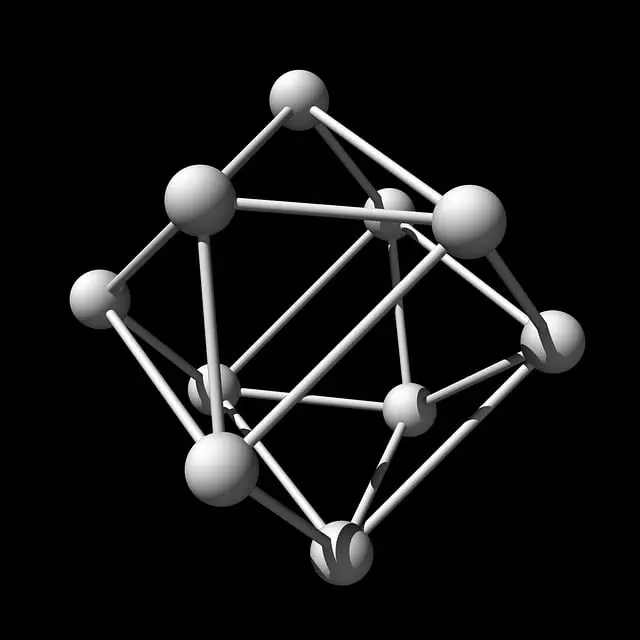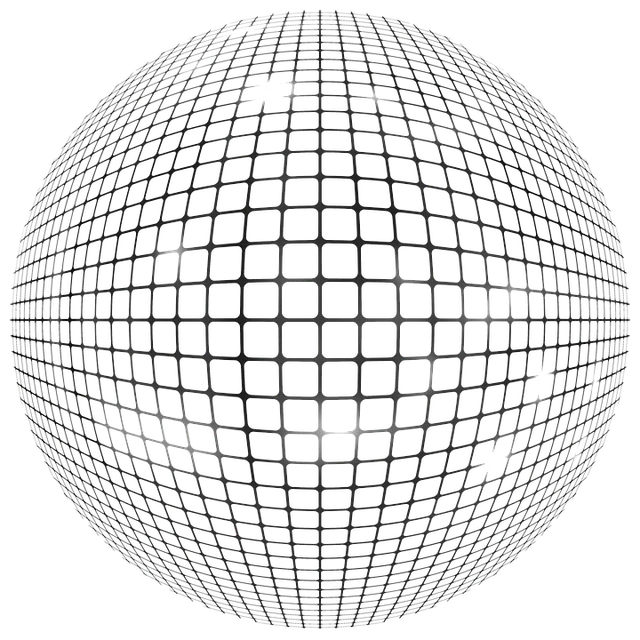Athletes striving for peak performance should integrate strategic sports nutrition into their training routines to optimize energy levels, endurance, and recovery. This includes a balanced intake of macronutrients—carbohydrates for energy, proteins for muscle repair, and healthy fats for cellular and hormonal health. For athletes concerned about kratom skin hyperpigmentation, a condition that can affect appearance and self-esteem, sports nutrition becomes even more crucial. A diet rich in antioxidants, vitamins like E and C, and minerals such as zinc can help mitigate the effects of this condition by supporting skin health. Additionally, athletes should focus on micronutrients, including vitamin D and iron for bone and immune health, and antioxidants to reduce oxidative stress and inflammation. Hydration is also essential, as it affects cardiovascular health, body temperature regulation, and digestive function. Post-exercise recovery strategies like stretching or light cardio help with circulation and muscle repair. For managing kratom skin hyperpigmentation, a combination of dietary adjustments targeting antioxidant-rich foods and vitamins, along with specialized treatments, is recommended to address the condition effectively while enhancing overall athletic performance.
Embarking on a journey to achieve peak physical conditioning is not solely about rigorous training and endurance; it encompasses a comprehensive approach that includes strategic sports nutrition. This article delves into the synergistic relationship between athletic performance and the management of kratom skin hyperpigmentation through meticulously crafted dietary plans. We will explore how optimizing macronutrient intake can enhance both athletic prowess and assist in mitigating the effects of kratom on skin pigmentation. Furthermore, we will examine the critical impact of micronutrients, hydration, and recovery measures on sustaining endurance and effectively managing kratom-induced skin discoloration. By understanding these nutritional nuances, athletes can fortify their performance while addressing the unique challenges posed by kratom use.
- Optimizing Athletic Performance and Preventing Kratom Skin Hyperpigmentation through Strategic Sports Nutrition
- Understanding the Role of Macronutrients in Maintaining Peak Physical Condition and Mitigating Kratom-Induced Hyperpigmentation
- The Impact of Micronutrients, Hydration, and Recovery Measures on Athletic Endurance and Kratom Skin Discoloration Management
Optimizing Athletic Performance and Preventing Kratom Skin Hyperpigmentation through Strategic Sports Nutrition

Athletes striving for peak physical conditioning must consider sports nutrition as a critical component of their training regimen, particularly when it comes to optimizing athletic performance. Strategic sports nutrition involves a carefully planned diet that focuses on macronutrients, hydration, and timing of meals to enhance energy levels, endurance, and recovery. For instance, incorporating a balance of carbohydrates, proteins, and healthy fats ensures that athletes have the necessary fuel for both high-intensity activities and sustained performance. Moreover, understanding individual nutrient needs based on sport, intensity, and duration of activity is essential. This tailored approach allows for better energy management during training and competition, leading to improved performance outcomes.
Another aspect that requires attention in sports nutrition is the prevention and management of conditions such as kratom skin hyperpigmentation. Kratom, a natural substance sometimes used by athletes for pain management or increased endurance, can cause skin hyperpigmentation, which may affect an athlete’s appearance and self-confidence. A well-rounded diet rich in antioxidants, vitamins, and minerals can support healthy skin function and potentially mitigate the effects of skin hyperpigmentation associated with kratom use. Nutrients like vitamin E, vitamin C, and zinc are known to play roles in skin health and can be beneficial in this context. By integrating these nutrients into their diet and maintaining a healthy lifestyle, athletes can not only enhance their athletic performance but also take proactive steps to protect their skin’s appearance. This dual focus on optimizing athletic performance and preventing skin issues is a testament to the holistic nature of sports nutrition.
Understanding the Role of Macronutrients in Maintaining Peak Physical Condition and Mitigating Kratom-Induced Hyperpigmentation

Peak physical conditioning is a multifaceted endeavor that encompasses a balanced training regimen, adequate rest, and proper nutrition. Within this nutritional framework, macronutrients—carbohydrates, proteins, and fats—play a pivotal role in fueling athletic performance and facilitating recovery. Carbohydrates are the body’s primary energy source during high-intensity activities; they replenish glycogen stores, which are depleted rapidly during such efforts. Proteins, on the other hand, are essential for muscle repair, growth, and maintenance, ensuring that athletes can recover effectively between training sessions and competitions. Fats contribute to overall energy balance and provide crucial fatty acids that support cellular function and hormonal health.
In addition to their role in conditioning, understanding macronutrient intake is particularly relevant for athletes who use kratom. Kratom skin hyperpigmentation, a condition that can occur as a side effect of kratom use, may necessitate dietary adjustments to manage the pigmentation and support skin health. A well-rounded sports nutrition plan, with careful consideration of macronutrient ratios tailored to individual needs, can help mitigate the impact of hyperpigmentation. For instance, a diet rich in antioxidants, which many nutrient-dense carbohydrates and proteins provide, may aid in protecting skin integrity and promoting an even skin tone. Moreover, essential fats, particularly omega-3 fatty acids, can contribute to skin health by maintaining cell membrane integrity and reducing inflammation. Athletes should consult with healthcare professionals and sports nutritionists to develop a dietary strategy that complements their training regimen and addresses any kratom-related skin concerns they may have.
The Impact of Micronutrients, Hydration, and Recovery Measures on Athletic Endurance and Kratom Skin Discoloration Management

Athletes striving for peak physical conditioning must pay close attention to their sports nutrition, particularly the role of micronutrients in their regimen. Micronutrients, which include vitamins and minerals, play a pivotal role in energy production, muscle function, and overall health. For instance, vitamin D is crucial for bone health, while iron is essential for oxygen transport in the blood. These nutrients also contribute to the immune system’s robustness, ensuring athletes can train effectively without falling ill. Additionally, certain micronutrients, such as those with antioxidant properties like vitamins C and E, help reduce oxidative stress and inflammation caused by intense physical activity, thus aiding in recovery and prolonging athletic endurance.
Hydration is another critical aspect of sports nutrition that cannot be overstated. Proper hydration status is fundamental for maintaining cardiovascular function, regulating body temperature, and optimizing digestive health. During exercise, the body loses fluids through sweat, and replacing these lost fluids is essential to prevent dehydration, which can lead to a decline in performance and endurance. Electrolyte balance is also vital; electrolytes like sodium, potassium, and magnesium help regulate fluid balance and muscle function. Furthermore, recovery measures post-exercise are equally important. Active recovery techniques such as stretching or light cardiovascular activity can enhance circulation and aid in the removal of metabolic waste products. Protein intake is also significant for muscle repair and regeneration. In the context of managing kratom skin hyperpigmentation, a condition some athletes may experience due to their training regimen or exposure to kratom, careful dietary planning can support overall skin health. A balanced diet rich in antioxidants and vitamins can help mitigate discoloration, while ensuring adequate hydration supports skin elasticity and resilience. Managing kratom-induced hyperpigmentation requires a holistic approach that includes both dietary adjustments and targeted treatments when necessary. By integrating these nutritional strategies with appropriate recovery practices, athletes can not only enhance their athletic endurance but also address skin health concerns effectively.
In conclusion, strategically implementing sports nutrition can significantly optimize athletic performance while effectively managing kratom-induced skin hyperpigmentation. A meticulous balance of macronutrients and micronutrients, combined with adequate hydration and targeted recovery protocols, not only fortifies athletes against suboptimal performance but also aids in the maintenance of healthy skin. By understanding and adhering to these nutritional principles, individuals can enhance their athletic endeavors and mitigate the effects of kratom on skin pigmentation, ensuring they stay at the peak of their physical condition.






